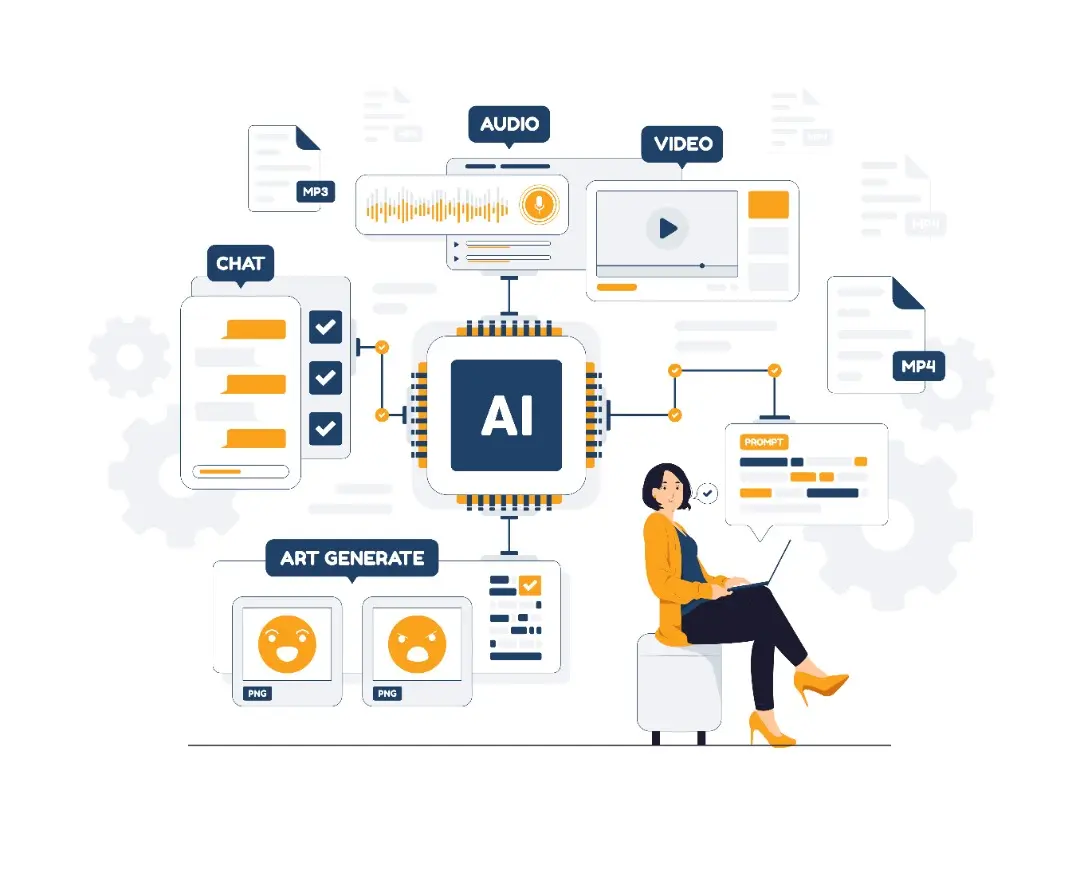In the fast-paced digital era, microcontent has become an effective method to convey information and educate audiences. By utilizing platforms such as s.id or similar, we can create and share concise yet impactful educational content. Here is a complete guide on how to utilize microcontent for education:
1. Understanding Microcontent
Microcontent is a small piece of information that can stand alone and is easy to digest. Usually in the form of:
Short quotes
Interesting statistics
Practical tips
Unique facts
Simple infographics
2. Why is Microcontent Effective for Education?
Easy to digest: Fits the short attention span of modern audiences
Shareable: Its small size makes it easy to share across platforms
Versatile: Can be used in multiple formats (text, images, short videos)
Increase retention: Short information is easier to remember
Recommended posts
3. Leveraging s.id and Similar Platforms
s.id and similar platforms offer several advantages:
URL shortener: Makes links shorter and more attractive
Microsite: Creates mini websites and attractive components
Customization: Allows personalization of URLs according to content
Analytics: Tracks engagement and content reach
Multi-platform: Easy to share across social media
4. Strategies for Creating Educational Microcontent
a. Identify Relevant Topics
Adjust to the interests and needs of the target audience
Choose trending or evergreen themes
b. Simplify Complex Information
Break complex information into key points
Use analogies or comparisons to make it easier to understand
c. Data Visualization
Use simple graphs, icons, or illustrations
Choose colors that are eye-catching but easy to read
d. Message Formulation
Use clear and concise language
Add a call-to-action to encourage interaction or further information
5. Best Practices in Microcontent Creation
Consistency: Maintain a consistent style and tone
Accuracy: Ensure the information shared is accurate and up-to-date
Relevance: Adapt content to specific contexts and times
Variety: Use multiple formats to keep your audience engaged
Reliable Sources: Always cite sources of information when necessary
6. Microcontent Distribution
Choose a platform that suits your target audience (Instagram, Twitter, LinkedIn, etc.)
Use relevant hashtags to increase reach
Schedule posts at optimal times
Encourage your audience to share your content
7. Measuring Effectiveness
Monitor metrics such as views, shares, and engagement
Analyze feedback and comments from your audience
Conduct A/B testing to optimize content formats and types
8. Example of Implementation with s.id
Create educational microcontent (e.g., infographics about tips health)
Use s.id to create an attractive short URL or microsite (eg: s.id/tips-sehat-hari-ini)
Share the short URL on various social media platforms
Monitor statistics through the s.id dashboard to see content performance
Conclusion
Education through microcontent is an effective strategy for spreading knowledge in the digital era. By utilizing platforms such as s.id, we can create and distribute useful information more efficiently and measurably. The key to success lies in consistency, creativity, and a deep understanding of the needs of the target audience.




